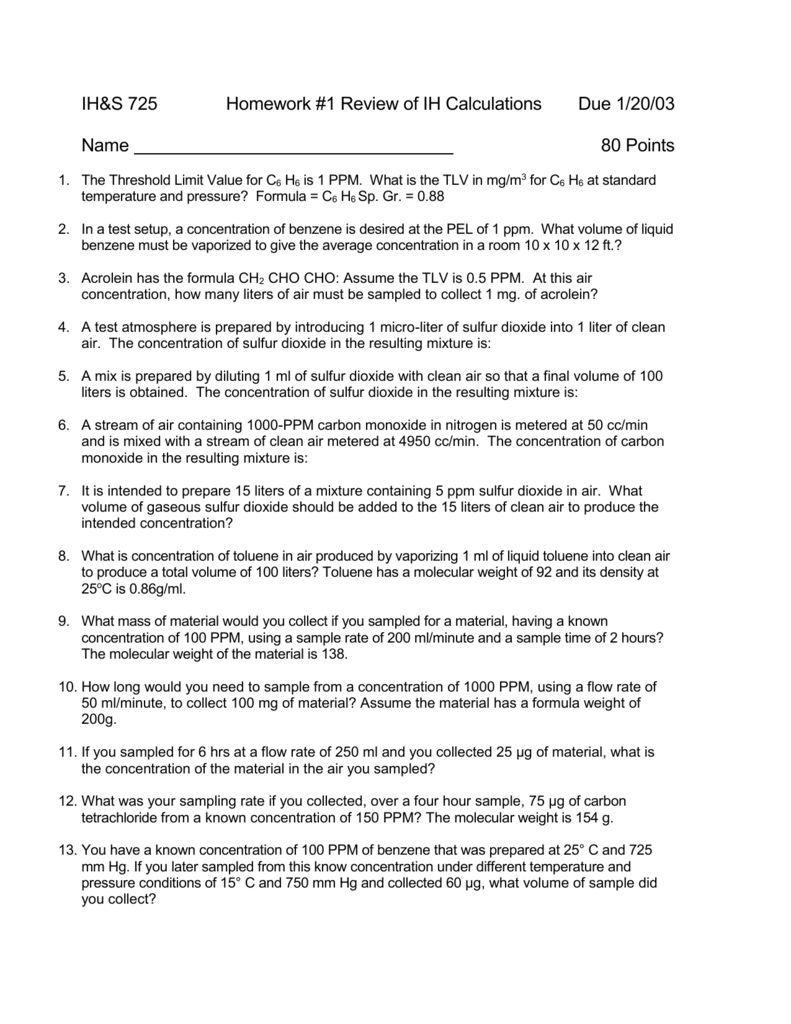

The consequences of gas leaks may be catastrophic to both life and investments. Gas leaks are significant hazards in several industry segments and especially in the oil and gas industry, where large volumes of highly explosive gases are transported, treated and stored. This work provides a new tool for estimating and reporting volume flow emissions from gas processing plants to the authorities. The methods are generic and can be implemented in common infrared systems for gas visualization. Results from known methane flow in two laboratory setups and one unknown real leakage from a gas processing plant are compared with the image processing methods. The images contain calibrated gas concentration × path length pixel information, and are processed with a block matching method and a theoretical velocity field method. Two methods for volume flow calculation from images of methane leakages to the atmosphere are presented. Note: Author names will be searched in the keywords field, also, but that may find papers where the person is mentioned, rather than papers they authored.Use a comma to separate multiple people: J Smith, RL Jones, Macarthur.Use these formats for best results: Smith or J Smith.



When ppm is used as a measure for the suspended particle concentration, it is therefore very important to specify if the concentrations are ppm BY VOLUME or ppm BY MASS, to facilitate comparisons with data where the concentrations are reported in µl/l or mg/l.ĭo you have a need for an instrument that can measure particle concentration? Have a look at our LISST-Portable|XR laser for laboratory use, our LISST-200X laser for field and submersible use, or our LISST-AOBS that measures concentration using acoustics. For example, a sample with a mass concentration of 100 mg/l will have a volume concentration of 38 µl/l. To convert from ppm by mass to ppm by volume, divide by the density of the particles. For example, a sample with a volume concentration of 25 µl/l will have a mass concentration of 25*2.65 = 66 mg/l. For mineral grains (clay, silt and sand sizes), this will typically be 2.65 g/cm3. To convert from ppm by volume to ppm by mass, multiply by the density of the particles. However, if ppm is expressed as THE MASS of particles in a unit volume of water, then ppm BY MASS is equal to mg/l. If ppm is expressed as THE VOLUME of particles to a unit volume of water, then ppm BY VOLUME is equal to µl/l. But what parts? The amount of particles in a suspension can be expressed as the total volume OR total mass of particles in a unit volume of water AND THESE TWO NUMBERS WILL ONLY BE THE SAME IF THE DENSITY OF THE PARTICLES IS 1 g/cm3.


 0 kommentar(er)
0 kommentar(er)
